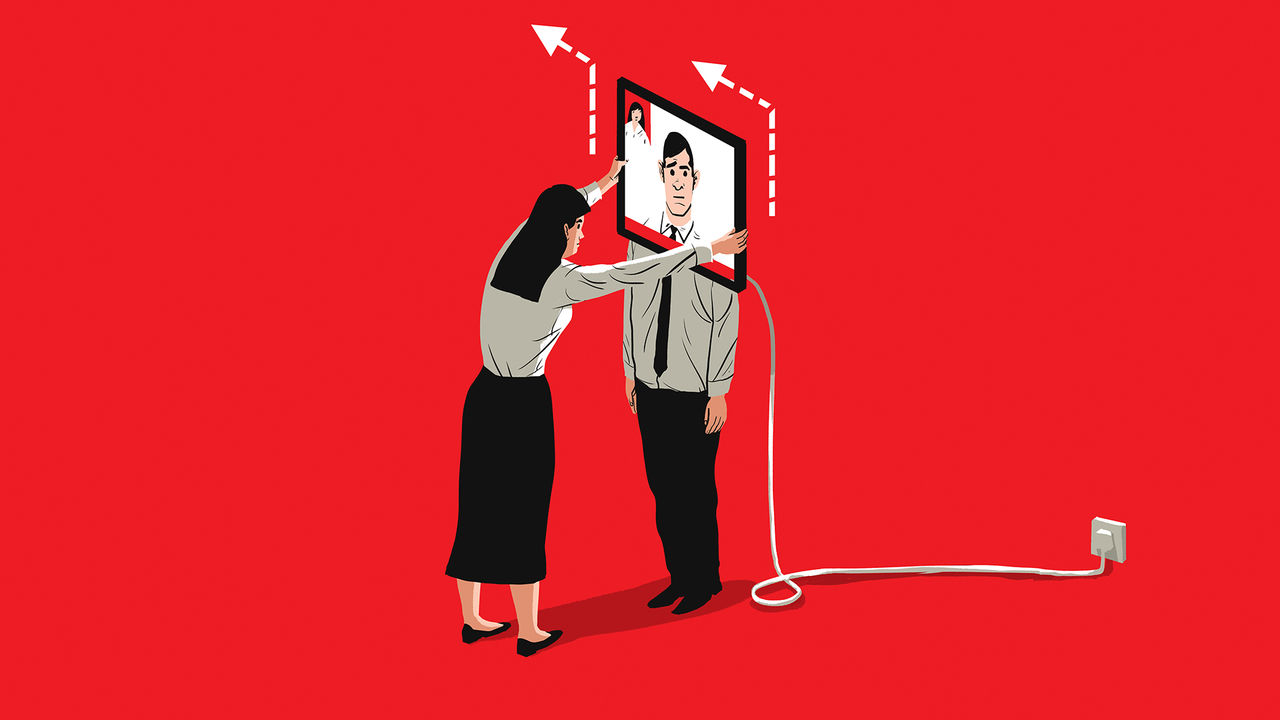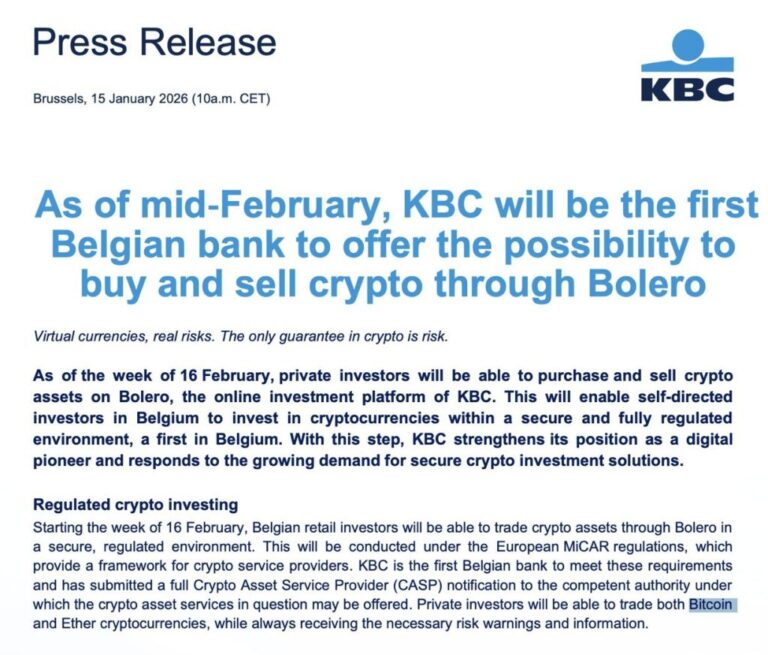
Seeing people in person matters. Information pours off them: not just what they say but how they say it and whether they listen. Relationships form more naturally. It’s much harder to look a person straight in the pixels.
An array of studies have demonstrated how much proximity matters in the workplace. One paper published in 2020 by Diego Battiston of Stockholm University and his co-authors looked at how the police force in Manchester fields emergency calls. Their process involves two people. A handler takes the call and writes up the incident. An operator then allocates police officers.
Some operators happened to be in the same room as the handler who had taken down the call details. Because they could talk face-to-face, these operators were able to extract salient details and allocate police officers to cases more quickly than those who were left to scan descriptions for themselves. Proximity within rooms also mattered. Operators were more productive when their desks were closer to the relevant handlers. A subsequent reorganisation, permanently separating the two types of workers, resulted in an 8% increase in average response times to violent crimes.
In a working paper published in November Natalia Emanuel of the Federal Reserve Bank of New York and her co-authors demonstrated that proximity can be good for mentoring, too. They studied software programmers at an online retailer, and found that sitting closer to co-workers increased the amount of online feedback junior engineers received on their code from more senior colleagues. Teams who were all based in one building before the covid-19 pandemic and started the day with an in-person meeting received 22% more comments than teams spread across two buildings whose daily meetings were online. That gap disappeared when covid struck and both offices were closed.
This is not an argument for mandating that everyone comes into the office five days a week and sits in a single, jam-packed room. Proximity can exact costs as well as produce benefits, as both of these papers demonstrate. One trade-off relates to output. In the Manchester police force, handlers who spent more time talking to operators had less time free to take new incoming calls. In the case of the software engineers, too, online comments take time to give and to receive. Senior employees in particular wrote more code when they were not sitting near to junior colleagues, their beaks open for feedback.
Employees should be capable of negotiating such trade-offs for themselves. But managers can help or hinder. If handlers are being evaluated on how many calls they field, they have less reason to help operators; Mr Battiston and his colleagues duly found evidence suggesting that handlers helped less when they were coming up for their annual performance reviews. Similarly, Ms Emanuel and her co-authors found that junior workers in teams that shared a building were less likely to receive pay rises because their output was lower.
Although proximity can bring members of teams together, it can also come at the expense of interactions with outsiders. A study published by Maria Roche of Harvard Business School and her co-authors in 2022 looked at startups that were randomly assigned space in a co-working hub in America. The researchers examined how knowledge passes from one startup to another by looking at the likelihood that firms adopt a technology used by their peers in the building. Even small distances exerted enormous power. A startup located more than 20 metres apart from a peer might as well have been seated on a different floor.
Office designers thus try to engineer proximity of a more fleeting kind—creating communal areas and enabling joint social events, for example, in an effort to bring together people who might not otherwise interact. But few people really want to mingle at drinks parties, and co-workers will often use these events to spend even more time with the people they already know.
One more paper, by Sharique Hasan of Duke University and Rembrand Koning of Harvard Business School, looked at a bootcamp for entrepreneurs in India, in which participants were randomly assigned to teams. They found that teams with members who already knew each other were much less likely to interact with neighbouring teams, compared with those whose members had few prior connections. Proximity is more useful as a glue than a solvent. ■
To stay on top of the biggest stories in business and technology, sign up to the Bottom Line, our weekly subscriber-only newsletter.



















